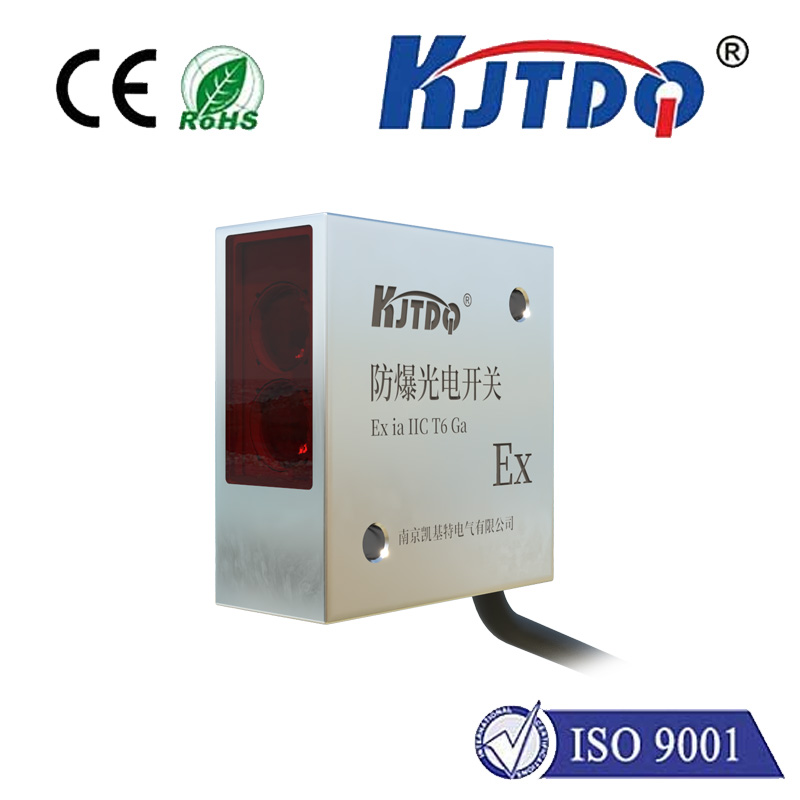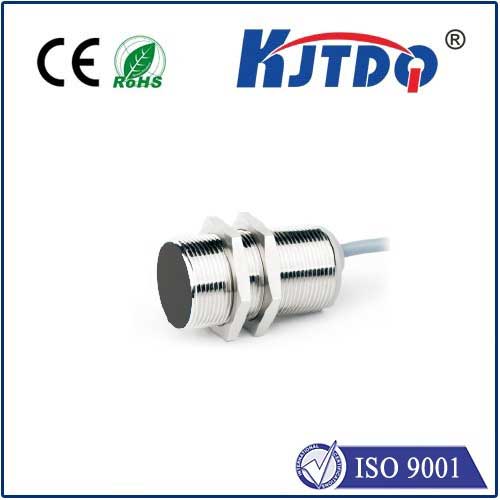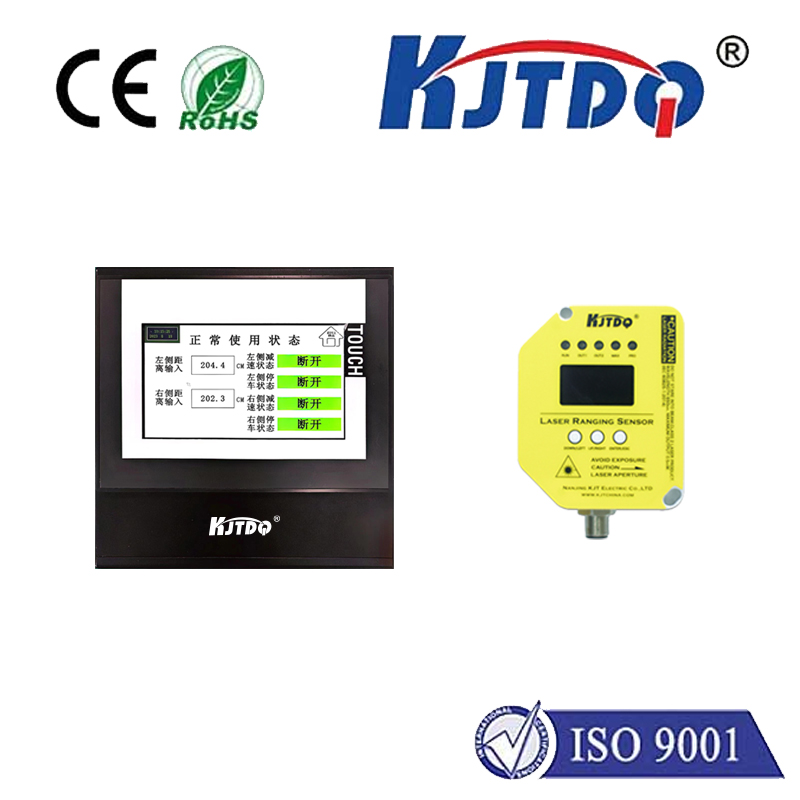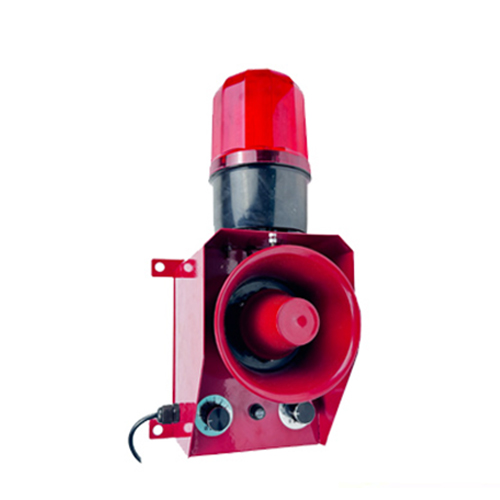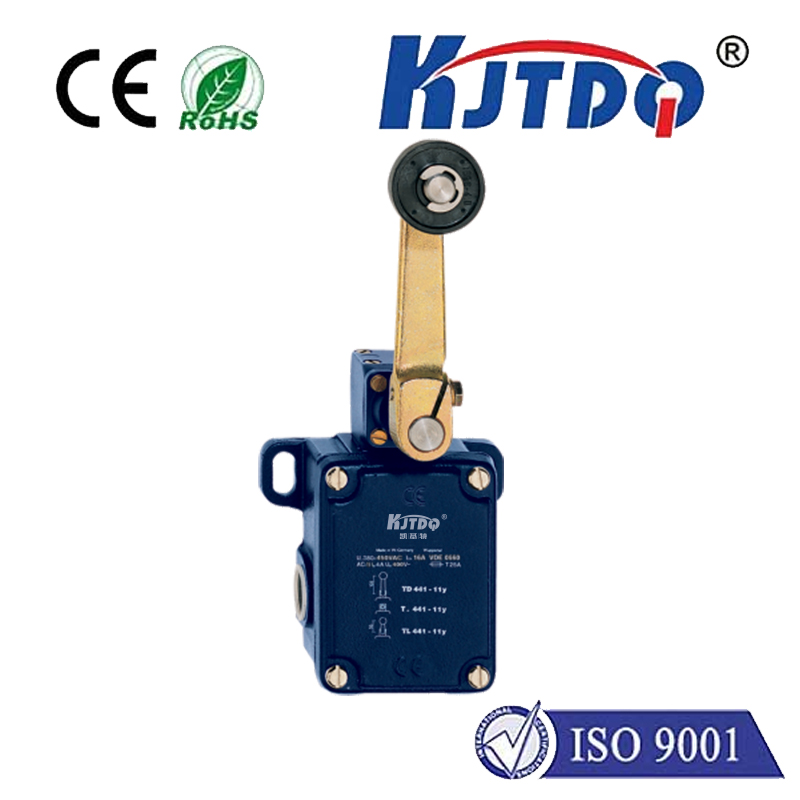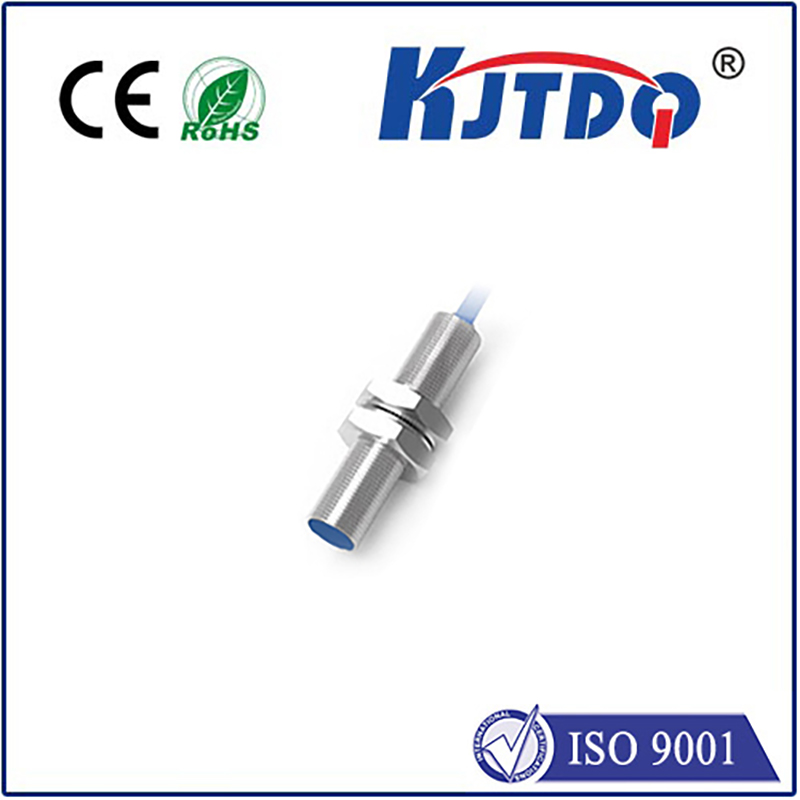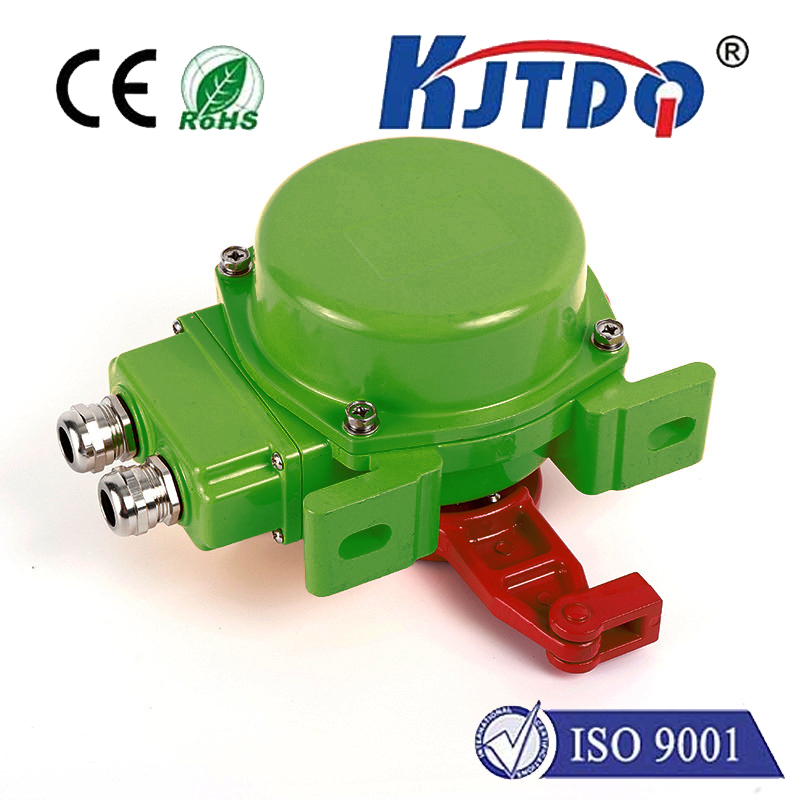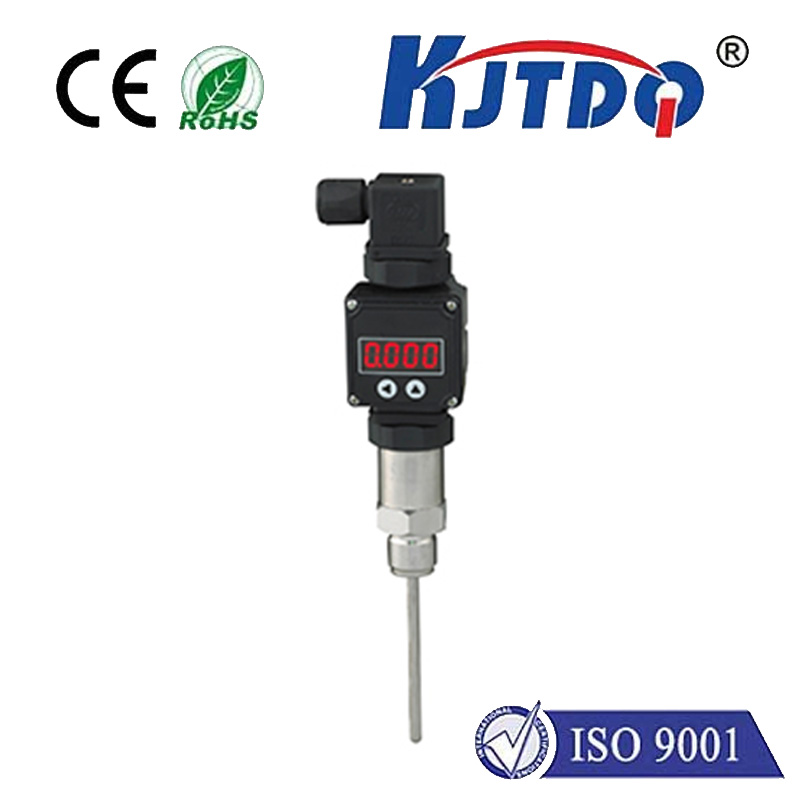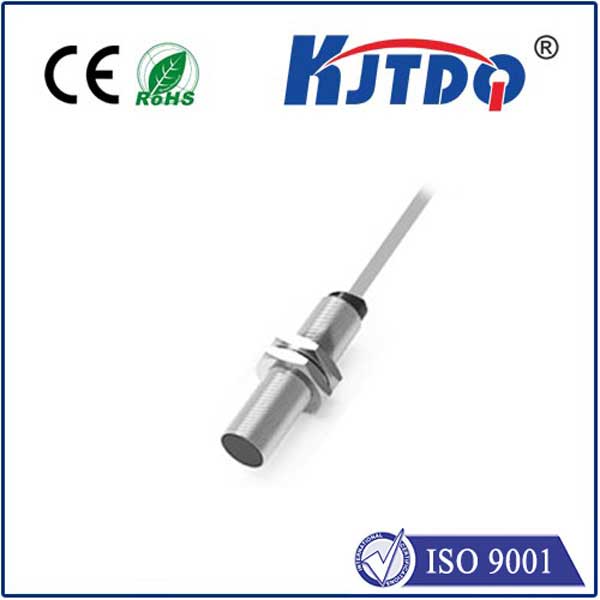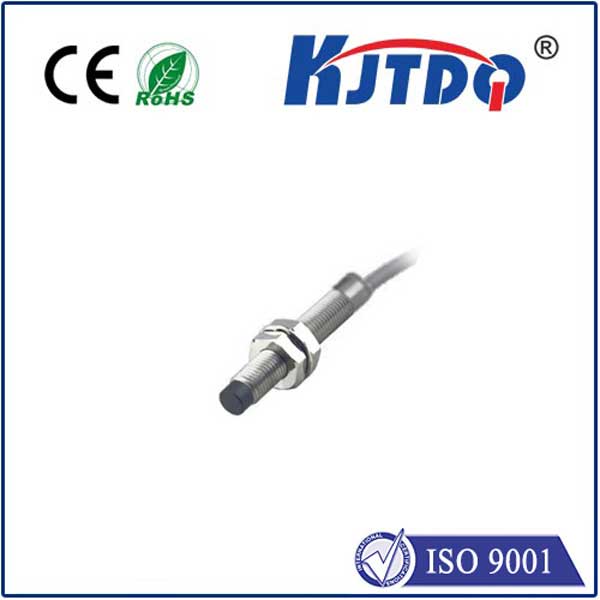

check

check

check

check

check

check

check

check

check

check
Introduction
In the realm of mechanical and electrical engineering, the pneumatic micro switch has emerged as a groundbreaking innovation. This sophisticated component, also known as a microswitch, is a critical element in many industrial, commercial, and consumer devices. Its ability to operate with precision and control has revolutionized various processes and systems, making it an indispensable tool for modern-day technologies.
Definition and Types
A pneumatic micro switch is a small, compact device that controls the flow of air or gas to activate or deactivate a mechanism. It consists of a lever or disc that can move in response to the pressure of the air or gas being supplied. There are two primary types of pneumatic micro switches: contactless and piloted. The contactless type uses a magnetic field to initiate contact between the lever and the diaphragm, while the piloted type relies on a pilot screw to control the flow of air.
Applications
The versatility of pneumatic micro switches makes them highly useful in a variety of industries and applications. Some common examples include:
1. Industrial machinery: Pneumatic micro switches are used in robotics, automation, and material handling equipment to control movement and positioning. They offer precise control over machine functions and can be programmed for complex tasks.
2. Medical devices: In medical procedures such as surgery, pneumatic micro switches are used to control various instruments and equipment. They enable surgeons to perform delicate operations with minimal disruption to the patient's system.
3. Automotive industry: Pneumatic micro switches are widely used in automotive systems, including brake mechanisms, steering components, and fuel injection systems. They help ensure safe and efficient vehicle operation while reducing wear and tear on components.
4. Consumer electronics: In household appliances such as vacuum cleaners, air purifiers, and refrigerators, pneumatic micro switches are employed to control various functions like fan speed, filter replacement, and temperature settings.
Advantages of Pneumatic Micro Switches
There are several key advantages associated with using pneumatic micro switches over other types of switches:
1. Precision: Due to their small size and high-precision mechanisms, pneumatic micro switches offer extremely accurate control over various systems and processes. This helps ensure consistent performance and minimizes errors.
2. Reliability: Unlike traditional mechanical switches that can suffer from wear and tear over time, pneumatic micro switches are designed for longevity and durability. They can operate consistently even under harsh conditions without failing.
3. Easy Maintenance: Pneumatic systems require less maintenance compared to electrical ones, making them more cost-effective in the long run. Additionally, pneumatic components are easier to access and repair when necessary.
Conclusion
The development of pneumatic micro switches has revolutionized numerous industries by providing precise and reliable control over mechanisms and systems. With their numerous applications across different sectors, these switches have become an essential part of modern technology. As research continues into improving their design and functionality, it is likely that they will continue to play a significant role in shaping the future of industrial automation and mechanical engineering.
